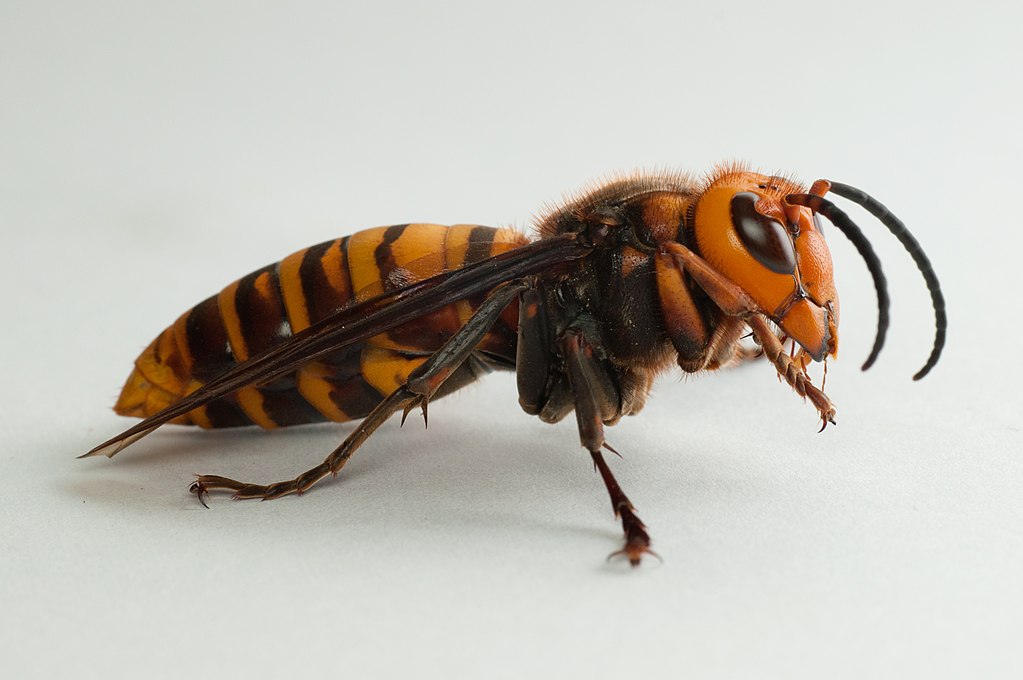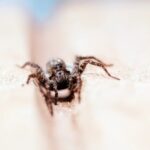
Scientists Are Still Finding ‘Murder Hornets’ In Washington State
- Thomas Nelson
- October 28, 2020
- News
- 0 Comments
In December of 2019, the first nest of Asian giant hornets, nicknamed ‘murder hornets’, was found in the United States by the Washington State Agriculture Department. The department spent weeks searching for the nest, going as far as to tie tracking devices to live-captured hornets in order to locate the nest. It was eventually located and destroyed.
Unfortunately, it seems that it was not the only nest of murder hornets. Another nest was found in Whatcom County, Washington close to the Canadian border.
“No one was stung and no one was even attacked that I am aware of,” Sven-Erik Spichiger, an entomologist who directed the nest’s eradication, said in a tweet.
Inside of the nest was a total of 98 hornets, of which 13 were captured alive. The live specimens will be given to researchers for further study and examination. Karla Salp, a spokesperson for the Washington State Department of Agriculture answered public inquiries stating: “The WSDA is not selling any Asian giant hornet specimens.” Bad news for rare insect collectors.
The nest was sealed up with foam and shrink wrap, blocking off the access points. The queen hornet was not located but is thought to have been trapped inside of the nest. Any remaining hornets would have been asphyxiated, according to Spichiger.
Read more: Can bees smell fear? How bees pick up on your emotions.
“This is only the start of our work to hopefully prevent the Asian giant hornet from gaining a foothold in the Pacific Northwest.” he added. Researchers will continue to look for additional nests.
Asian giant hornets are the largest species of hornet in existence and are native to temperate and tropical rainforests in Asia. They normally live in low mountains and forests, making the Pacific Northwest an ideal habitat in which to gain a foothold. Their stingers are 6 mm long and the pain from their sting has been described by entomologist Masato Ono as being “like a hot nail being driven into my leg.” A single hornet can’t deliver a lethal dose of its neurotoxin, called mandaratoxin, but allergic victims have a significantly increased chance of death.
China advises that an individual stung more than 10 times should seek medical attention, as the stings can cause kidney failure. Asian giant hornet stings killed 41 people in Shaanxi, China in 2013.
While murder hornets can deliver extremely painful and potentially fatal stings to humans, they rarely attack humans. The real concern is what they might do to native pollinators. Asian giant hornets are able to destroy entire colonies of honeybees, one by one beheading the bees defending the hive.
If you think you’ve found a murder hornet or a nest, don’t try to eradicate the nest yourself. Contact a professional pest control company to deal with the issue instead. There’s a very real chance that the nest you’ve found isn’t actually a murder hornet nest at all.
“We ask the public to not indiscriminately kill bees, wasps, or hornets since they are very important as pollinators and predators of insect pests in our environment,” says Michelle Infante-Casella, a professor at Rutgers University and agricultural agent. “If you see a large hornet this summer, it most likely will be a look-alike hornet, like a cicada killer wasp. For proper identification, contact your local Co-operative Extension Office in the county where you live.”
Read next: Massive bee die off in Brazil alarms experts

